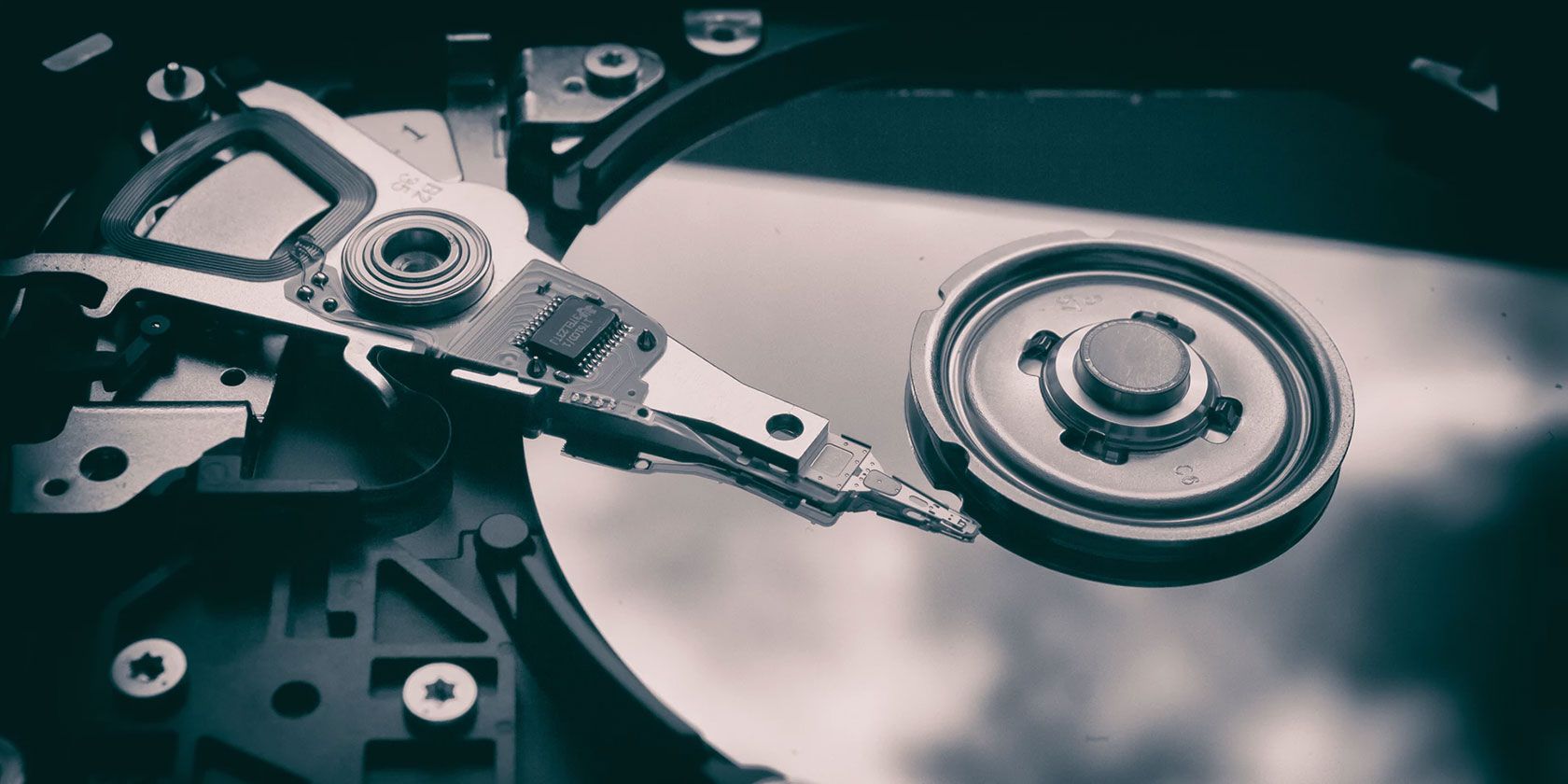

Once in the BIOS menu, look for the boot menu and make sure the SSD is listed there.You can complete an internet search to find the correct function key to access your specific PC’s BIOS menu. For example, on a Dell PC, you need to press the F2 key as soon as the Dell logo appears.The specific key required may vary for different manufacturers. To open the BIOS menu on your computer, you usually need to press the correct function key as soon as the computer is booting up.It also handles essential tasks between the operating system and the various connected devices.

The BIOS is the program that boots your computer. Before we start with the possible fixes, you want to make sure that your SSD is properly connected and detected by the BIOS (Basic Input/Output System).If Windows 11 still doesn’t recognize the SSD, try connecting it to another computer. If it doesn’t connect to another port, check it. Unplug it, clean the connector and USB and plug it in again. If you’re using an external SSD, the connections will likely not be good. In the following sections, we cover root causes and troubleshooting methods when Windows 11 does not recognize your SSD. You cannot add files and content to the SSD or access data on the SSD. In Windows 10 and earlier Windows operating systems, an unrecognized external storage device issue would lead people into frustrating situations. But with SSDs that are already in use, the problem lies elsewhere. If the SSD is new and you’re plugging it in for the first time, there’s a good chance you’re encountering a problem, most likely because the drive has not yet been initialized or formatted.

However, several users have reported that Windows 11 does not recognize the SSD. Whenever you connect a drive, whether it’s an HDD or an SSD, to your computer, it should automatically show up in File Explorer, Device Manager and Disk Management.


 0 kommentar(er)
0 kommentar(er)
